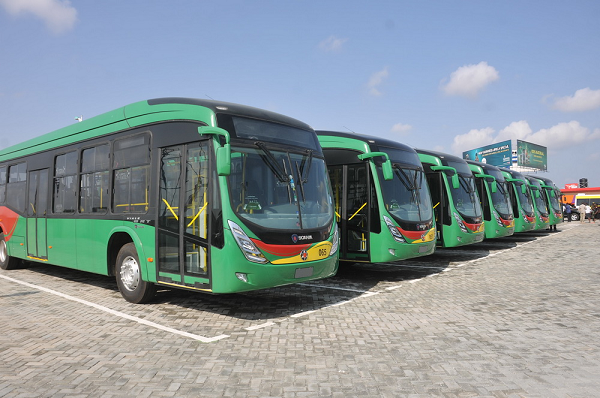Public transport is the lifeline of Ghana’s cities, helping millions of people commute daily. From trotros and taxis to ride-hailing services like Bolt and Uber, and Yango. Transportation plays a huge role in the country’s economy. But as Ghana grows, the need for a modern, efficient transport system becomes more urgent.
The current state of public transport
Ghana’s transport system is dominated by trotros, which are privately owned minibuses that operate on fixed routes. While they are affordable and widely available, they often lack comfort, safety, and reliability.
According to the Ghana Statistical Service, trotros account for over 70% of urban transport, but many of these vehicles are old and poorly maintained. Traffic congestion is also a major issue, especially in Accra and Kumasi, where commuters spend an average of 90 minutes stuck in traffic daily.
Government Plans for Modernization
The government has introduced several initiatives to improve public transport, these intiative include; Bus Rapid Transit (BRT) System , A project aimed at introducing dedicated bus lanes to reduce congestion. Railway Expansion , Plans to revive Ghana’s railway network, connecting major cities and reducing reliance on road transport. Smart Transport Solutions ,Digital payment systems and GPS tracking to improve efficiency and safety.
Despite these efforts, progress has been slow, and many commuters still rely on traditional transport options.
The role of technology in transport transformation
Technology is playing a big role in shaping the future of Ghana’s transport system. Ride-hailing services like Bolt and Uber have changed how people commute, offering cashless payments, GPS tracking, and better customer service.
Experts believe that AI-powered traffic management could help reduce congestion by optimizing traffic flow and predicting peak hours. In countries like Kenya and South Africa, smart transport solutions have improved efficiency, and Ghana could follow suit.
What’s next for Ghana?
With urban populations growing, Ghana needs a modern, reliable, and efficient transport system. Experts suggest that investing in electric buses, expanding rail networks, and improving road infrastructure could help solve many of the country’s transport challenges.
According to the Ministry of Roads and Highways, Ghana’s road network covers 67,291 km, but only 3,800 km are paved. Improving road conditions and introducing eco-friendly transport options could make commuting safer and more sustainable.
The future of public transport in Ghana depends on government investment, technological innovation, and public-private partnerships. While trotros and taxis remain essential, modernization efforts could transform the way Ghanaians commute in the coming years.




